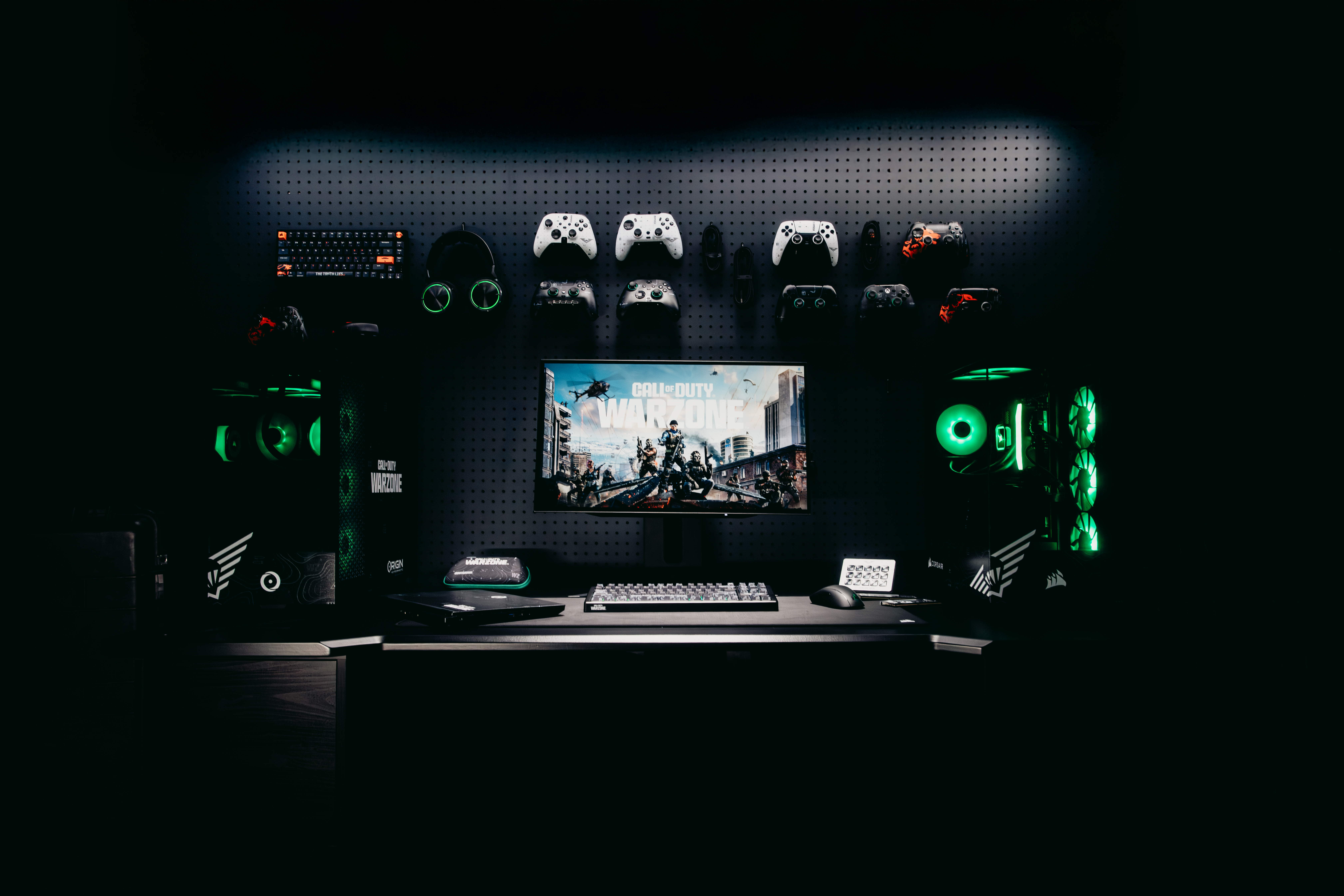Steam Deck 2 FAQ: Everything we know about Valve's next-gen gaming handheld
Valve is working on a Steam Deck 2. Here's everything we know.

Ever since the massive success of Valve's Steam Deck, we've seen a major uptick in PC gaming handhelds from other companies. Still, Valve's low pricing and simple interface have continued to pull more and more people to its gaming system. As such, it's not at all surprising that the company is planning on releasing a Steam Deck 2.
Now, there are plenty of Steam Deck 2 rumors swirling around out there, but we're working to cut through the chaff and determine what's real and what isn't. Here's everything we know so far about the Steam Deck 2.
Will there be a Steam Deck 2?

Will there be a Steam Deck 2?
Yes, Valve has specifically confirmed a Steam Deck 2 is in the works.
What is the Steam Deck 2?
The Steam Deck is a gaming handheld from Valve that allows users to quickly access their library of Steam games. "Steam Deck 2" or "Steam Deck 2.0" are terms the internet has given for the handheld's successor. It's believed that the Steam Deck 2 will be more powerful and that it will hopefully improve upon the design of the original system.
When will Steam Deck 2 come out?
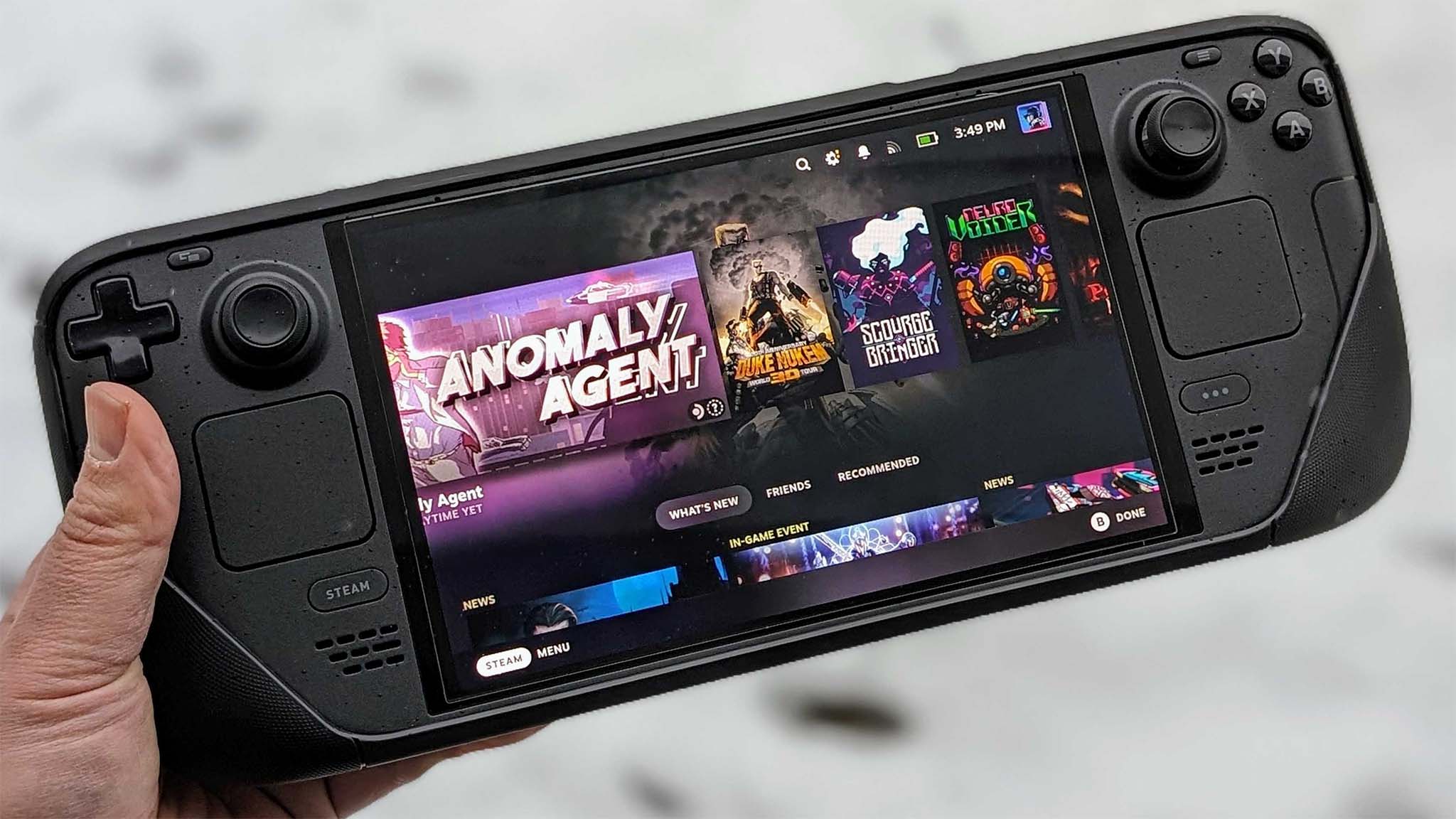
When will Steam Deck 2 come out?
Valve has specifically stated that it is planning a "next-generation" upgrade to the Steam Deck. However, Valve Produce Designer Lawrence Yang stated in a review with Bloomberg that people shouldn't expect to see it for at least two to three more years. Since this was said in 2023, we likely won't see the Steam Deck 2 until at least 2025 or 2026.
Should I wait for Steam Deck 2?
No. If you're really interested in getting a gaming handheld then I recommend getting the Steam Deck, ROG Ally, or Legion Go now. It could take years for the next-gen Steam Deck 2 to come out and so you'll just waist time that you could spend playing games on-the-go now.
Do we really need a Steam Deck 2?
There's no denying that the Steam Deck has made a big impression on the PC gaming community. However, it's also true that it has some designs and features that could be improved upon. Its biggest competitors like the ROG Ally and Legion Go offer better screens, better resolution, and more powerful performance. So, those are just a few ways that Steam Deck could be improved upon.
What are Steam Deck 2 specs?
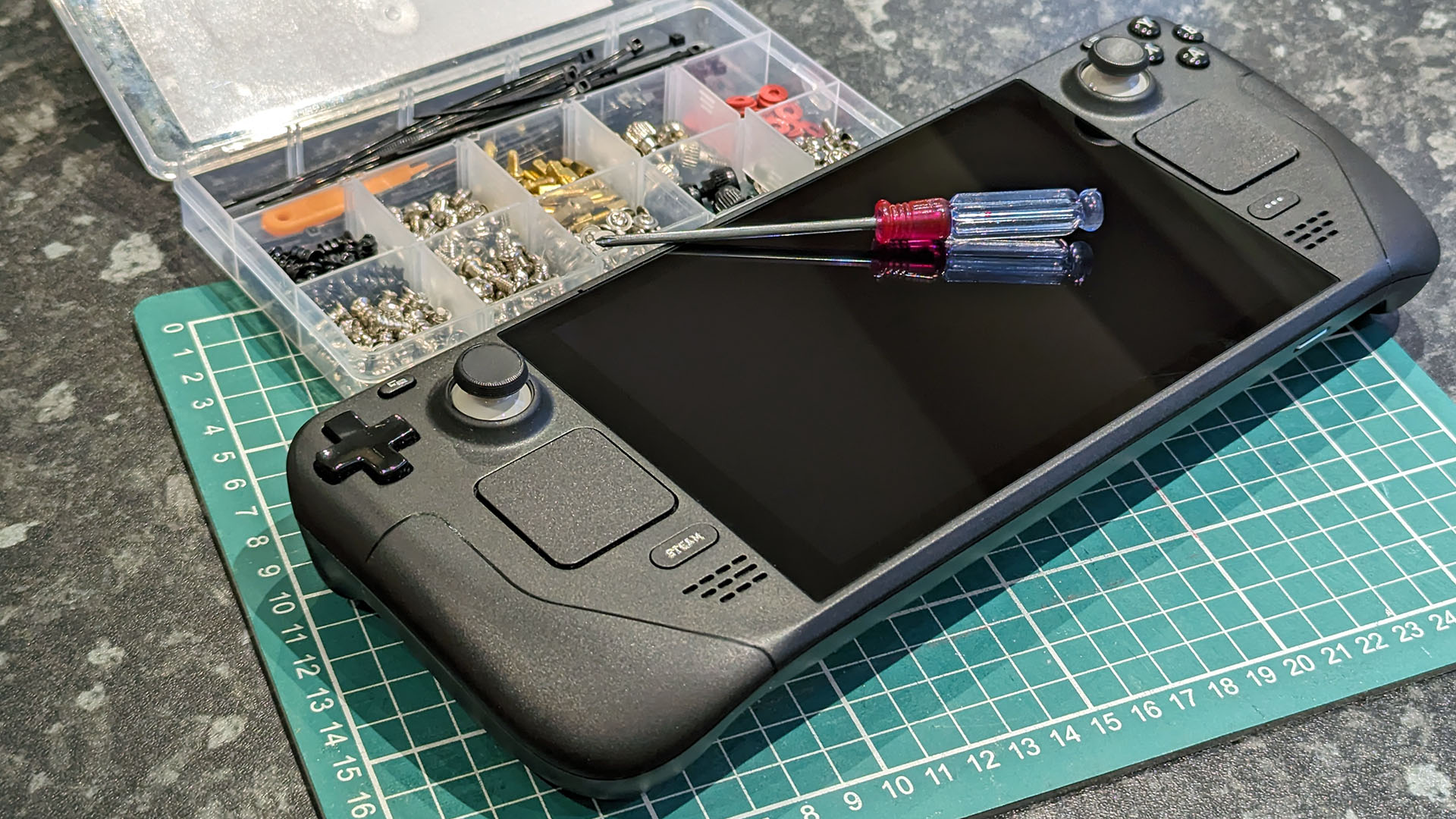
Despite the many Steam Deck 2 rumors flying around right now, we're way too far out to know what the exact Steam Deck 2 specs are. Even if Valve had some specs in mind, it's very likely that its design plans for the gaming handheld will evolve and change as time goes on. We'll have to wait until we're a bit closer to the Steam Deck 2's release date to know for certain what components it carries and how powerful it is.
Steam Deck 2 news
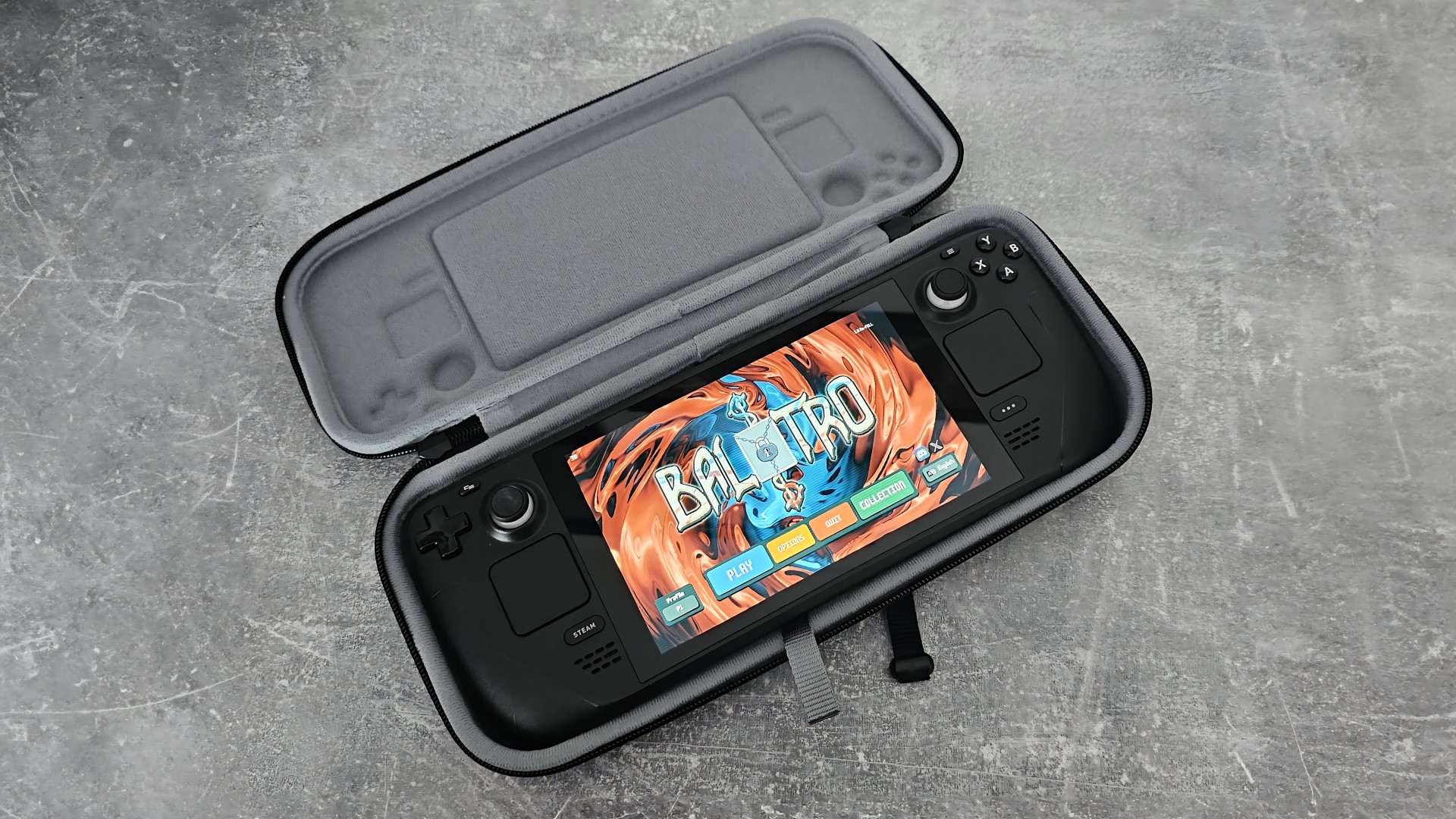
Details are thin, but we'll add more to this section as time goes on.
Get the Windows Central Newsletter
All the latest news, reviews, and guides for Windows and Xbox diehards.
- Nov. 9, 2023: Valve confirms Steam Deck 2.
Steam Deck 2 vs ROG Ally 2
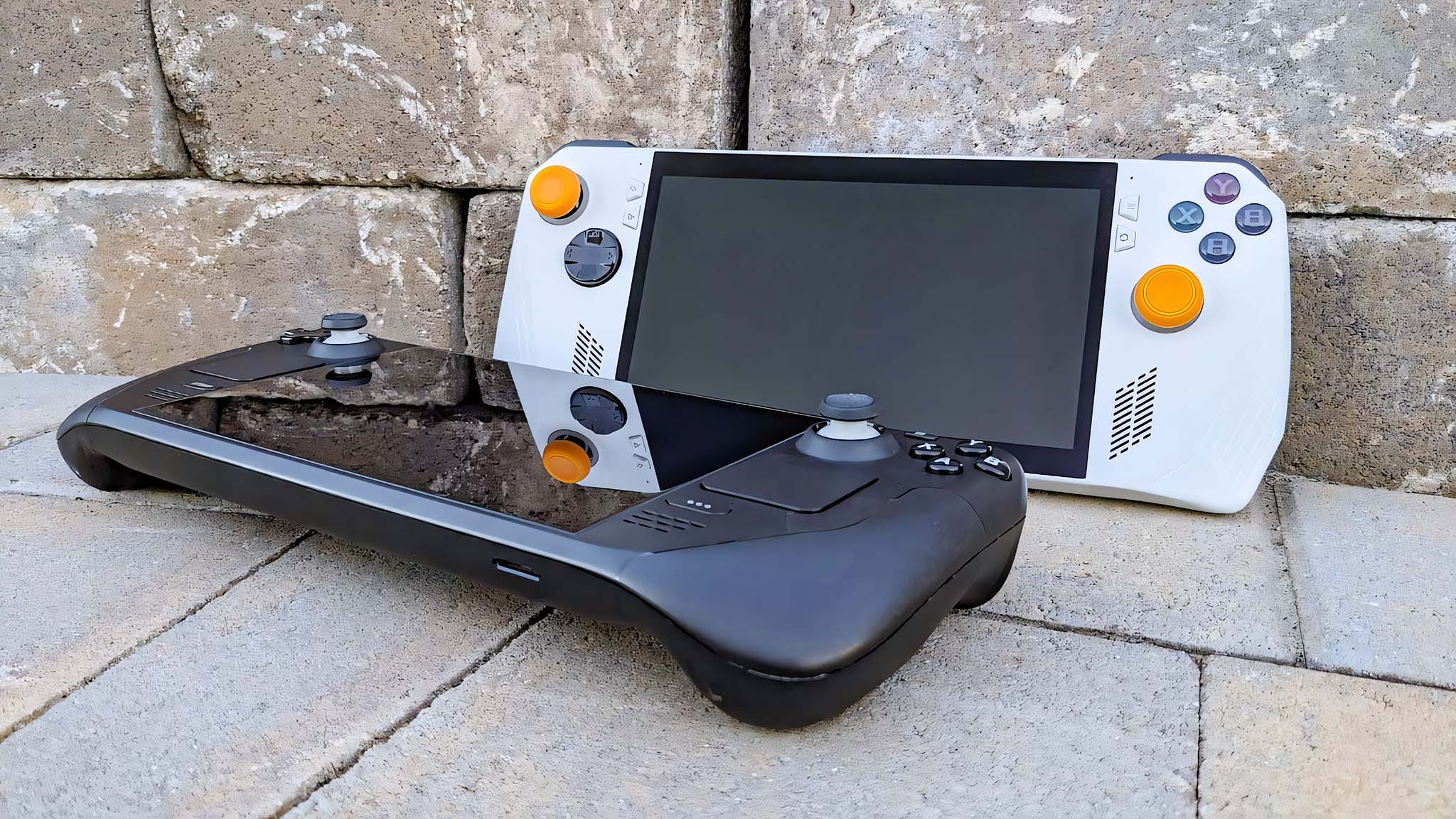
ROG Ally is by far the biggest competitor to the Steam Deck. Both gaming handhelds have found success, so it's not at all surprising to hear that ASUS has confirmed that an ROG Ally 2 is in the works. You can learn more at my ROG Ally FAQ.
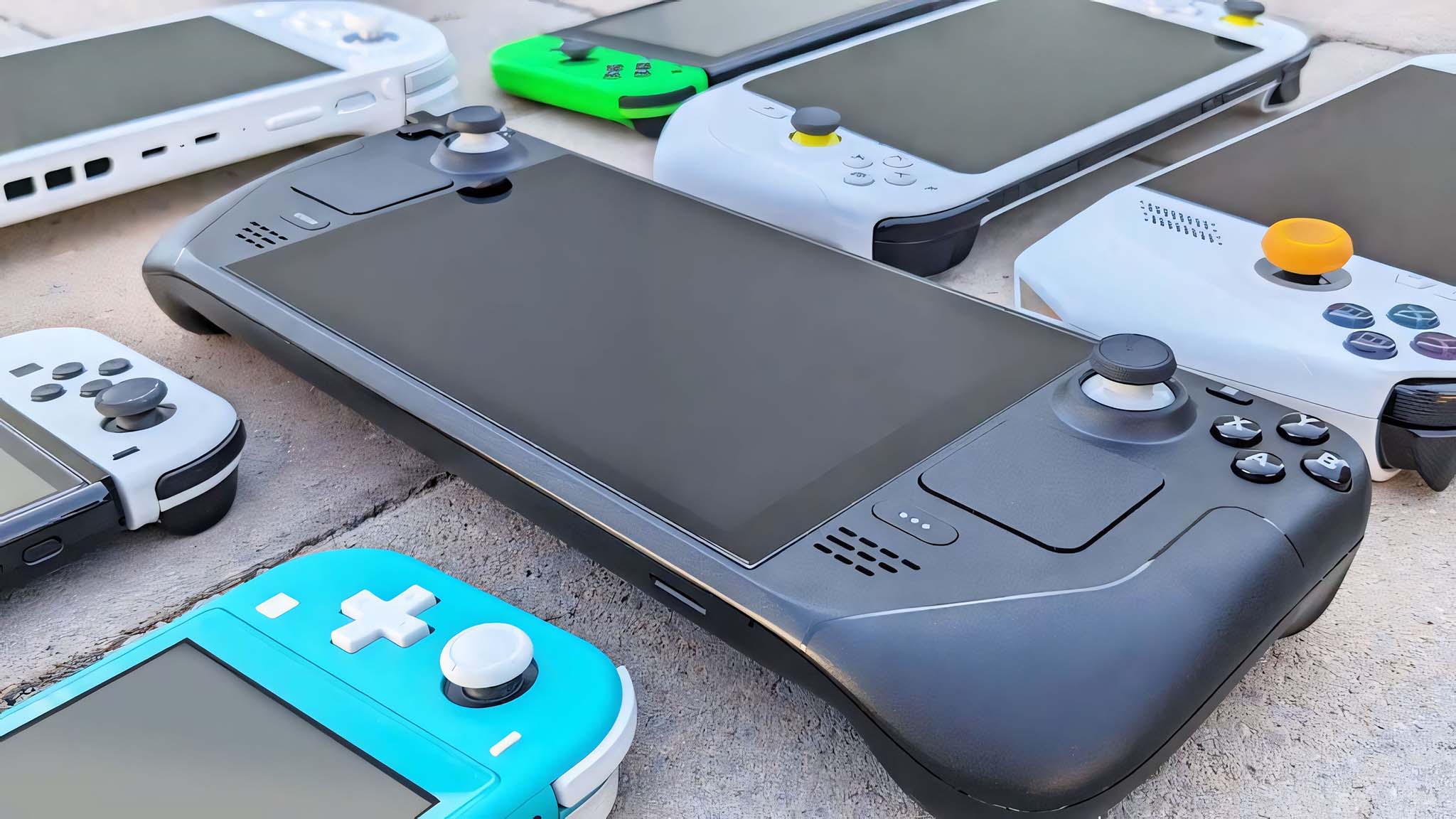
- Best gaming handhelds 2024
- I was wrong about the ROG Ally
- Lenovo Legion Go Review
- Best power banks for ROG Ally
- Steam Deck OLED vs Steam Deck LCD
Now, if you're trying to decide between the ROG Ally 2 vs the Steam Deck 2, then you've got some time to think about it, as neither one will likely release soon. But still, you need to consider what you want from your gaming handheld. It's very likely that Valve will want to maintain its place as the most affordable gaming handheld for PC games. If that's the case, then the Steam Deck 2 likely won't have as powerful of internals as the ROG Ally 2. So, if you'd prefer a device that can handle more intensive graphics, then the ROG Ally 2 might be the device for you. Meanwhile, if price is your key consideration, then Steam Deck 2 might be the better choice.
Another key difference between ASUS and Valve's handhelds are their interfaces. ROG Ally runs Windows while Steam Deck runs the Arch Linux-based SteamOS. It's very possible this will continue for the next-gen iterations of both handhelds. This setup currently makes it so the ROG Ally can be used right out of the box like any other computer to do things like surf the web, run various programs, and much more. However, users need to be comfortable navigating Windows, which can be full of bloatware.
Meanwhile, SteamOS makes it easier to simply dive into your gaming library from the get-go without having to deal with extra notices or programs running in the background. Some tech-savvy people also customize the Steam Deck to get it to work more like a typical computer. You can easily find videos or forums where people explain the updates they've made to the handheld. Just know that making changes like this might void the Steam Deck's warranty.
Improvements we want to see in Steam Deck 2
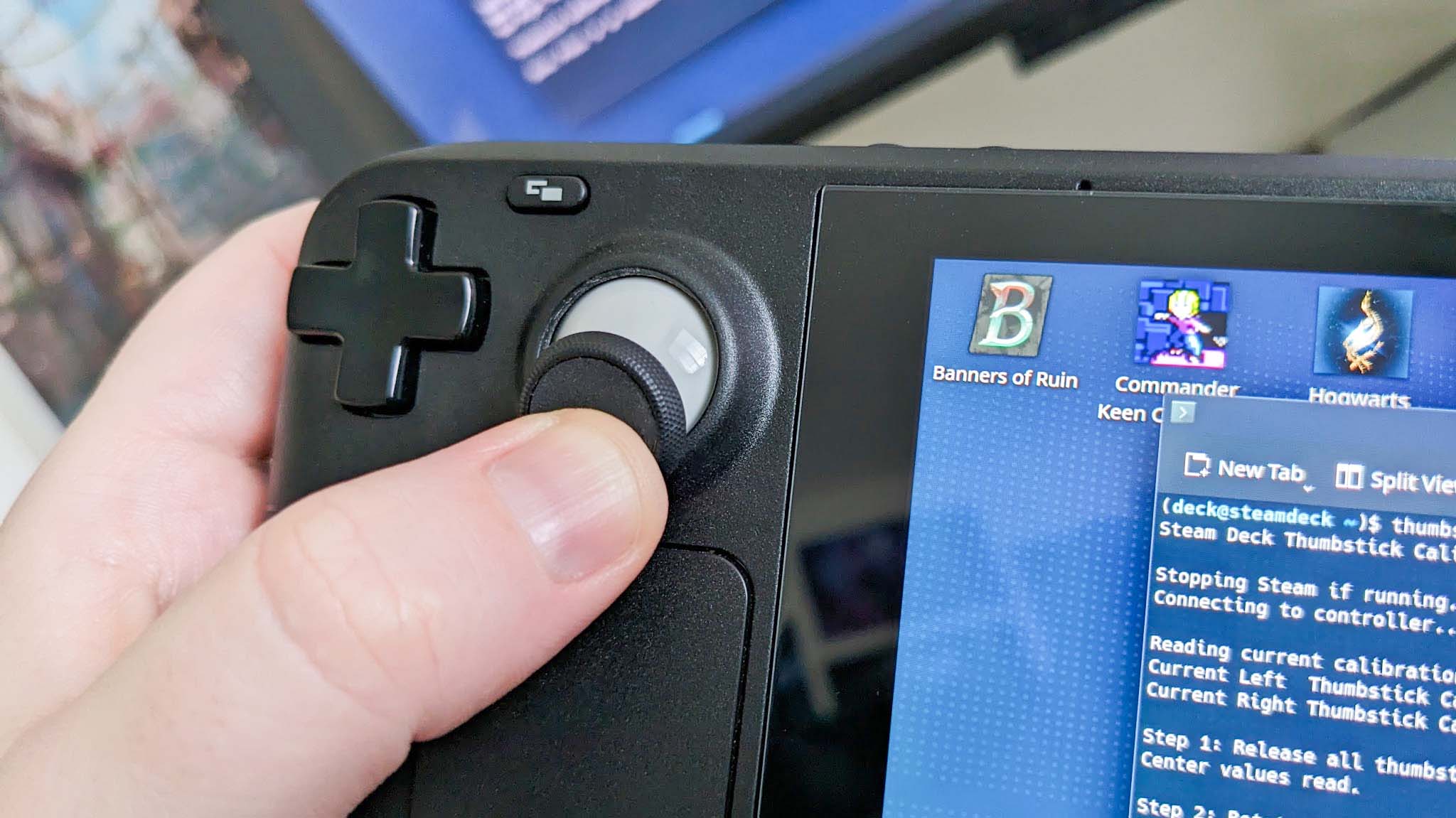
My amazing colleague Jennifer Young has already written 7 things we'd like to see in the Steam Deck 2 that thoroughly covers potential Steam Deck improvements. Her ideas include better performance for AAA games, improved battery life, an extra USB-C port, built-in support for other gaming apps (outside of Steam), a lightweight design, outer shell customization, and Hall-effect joysticks. I definitely agree with all of these ideas and recommend you read her article for yourself. But I'll just add a few thoughts I've had on the subject.
Ergonomic grips: One of my biggest problems with the Steam Deck is its bulky and heavy build. I really hope that the Steam Deck 2 has better ergonomic grips in addition to a more lightweight design. As it is, my pinkies often go numb if I grasp the handheld in my hands for too long.
Offset joysticks: Hall-effect joysticks that don't drift will be a major boon to anyone playing the Steam Deck 2, but I also hope the next-gen design offsets the joysticks (like what you see on an Xbox controller) so they aren't at the same height. It simply feels more comfortable with that kind of layout.
Quieter fans: There's no denying that the Steam Deck fans can get really 'blasty' once I start up certain games. Hopefully, the next-gen one will be a little quieter while also being a bit cooler. Perhaps taking advantage of new solid-state fan technology or some other cooling system might help with this.

Self-professed gaming geek Rebecca Spear is one of Windows Central's editors and reviewers with a focus on gaming handhelds, mini PCs, PC gaming, and laptops. When she isn't checking out the latest games on Xbox Game Pass, PC, ROG Ally, or Steam Deck; she can be found digital drawing with a Wacom tablet. She's written thousands of articles with everything from editorials, reviews, previews, features, previews, and hardware reviews over the last few years. If you need information about anything gaming-related, her articles can help you out. She also loves testing game accessories and any new tech on the market. You can follow her @rrspear on X (formerly Twitter).
-
GraniteStateColin I would just point out that Windows itself does not include the bloatware (unless you mean the standard MS apps). Bloatware is something that some system builders include because they are paid to (e.g., the common anti-virus apps that come preinstalled with "free" 30-days' usage, same with some games), so it's part of what keeps the cost of the system down at any given profit level. But to be clear, the solution to this is not to avoid Windows, but for the system maker simply to choose not to install the bloatware.Reply
